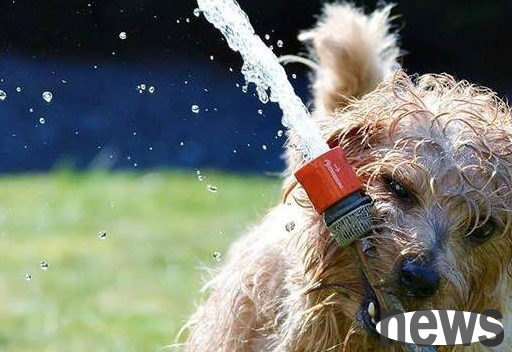What should I do if my dog has hydrocephalus? How to solve it?
I believe you may be unfamiliar with hydrocephalus in dogs. It is caused by an imbalance in the production and absorption of cerebrospinal fluid, leading to an enlargement of the ventricular system. So what should I do if my dog gets hydrocephalus? How to solve it?

When treating hydrocephalus, one should first evaluate whether it is primary or secondary. If it is secondary, intracranial pressure should be lowered before the underlying cause is discovered. In order to interfere with the increase in pressure, one should try to reduce the production of cerebrospinal fluid or increase the absorption of cerebrospinal fluid. Pharmaceutical steroids can increase the absorption of cerebrospinal fluid. Some reports even show that these drugs can also reduce the production of cerebrospinal fluid. Steroids are also suitable for primary hydrocephalus. However, long-term use of steroids has limited effect on primary hydrocephalus. Some diuretics also inhibit the production of cerebrospinal fluid. Short-term use of diuretics can reduce intracranial pressure, but long-term use may cause ion imbalance in the body. Surgical drainage has good results. Complications from surgery may be higher in very young dogs.

Prevalent dog breeds: Primary hydrocephalus is a hereditary disease in some special breeds (such as Yorkshire Terriers). However, the incidence rate is also quite high in some small toy dogs (such as Chihuahuas, Manchester Terriers, Pomeranians, and miniature poodles). It is also quite common in some dog breeds with round heads (such as British bulldogs, Boston dogs, Pekingese dogs, and Lhasa Apso dogs).
For primary dogs, early detection and appropriate treatment usually have good results, but after recovery, the dog's own learning ability will become worse. The healing effect of secondary hydrocephalus is not very good.













